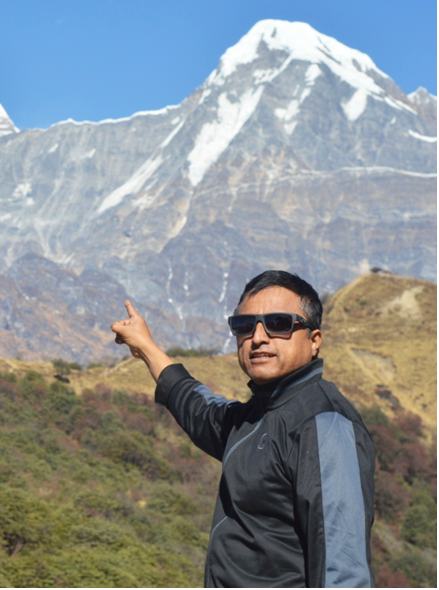Trip Introduction
Bhutan, a tiny landlocked nation in the Himalayas, is renowned for its breathtaking natural beauty, extensive cultural legacy, and dedication to maintaining its traditional way of life. All of these things and more may be experienced on a journey of Bhutan, making it a truly exceptional and unforgettable location.
The Paro valley, renowned for its stunning rice fields and quaint farmhouses, serves as the starting point of the Bhutan journey. The Paro Dzong, a stronghold from the 17th century that is a significant administrative and cultural hub, is another landmark in the valley. The adjacent temples and monasteries can also be explored by guests, including the well-known Tiger’s Nest Monastery, which is a must-see for travelers to Bhutan.
From Paro, the tour continues to Thimphu, the country’s capital, where tourists may stroll through its lively streets, stop by the National Memorial Chorten and the Changangkha Lhakhang monastery, and view the Tashichho Dzong, a renowned fortress-like structure that houses the government of Bhutan. The journey then takes you to Punakha, the historic capital of Bhutan, where the Punakha Dzong is located. It is a stunning stronghold that is situated at the meeting point of two rivers. One of Bhutan’s most stunning man-made structures, the Punakha Dzong is a must-see for tourists. Visits to the isolated valley of Bumthang, where tourists can trek to the stunning Jakar Dzong, which is perched on a hilltop overlooking the valley, are one of the highlights of a trip to Bhutan.The valley is renowned for its stunning temples, monasteries, and rustic farmhouses.
Visitors will have the chance to explore Bhutan’s distinctive culture and way of life, which are profoundly steeped in Buddhism, throughout the tour. You can take part in traditional festivities, discover Bhutan’s fascinating history and culture, and savor mouthwatering traditional Bhutanese food.
Bhutan tours provide a distinctive fusion of unspoiled landscapes, a vibrant culture, and spiritual encounters. The goal of this journey is to fully immerse you in the traditional way of life of the Bhutanese people, not only to take in the sights. You will remember this event for the rest of your life since it is so organic and genuine.





